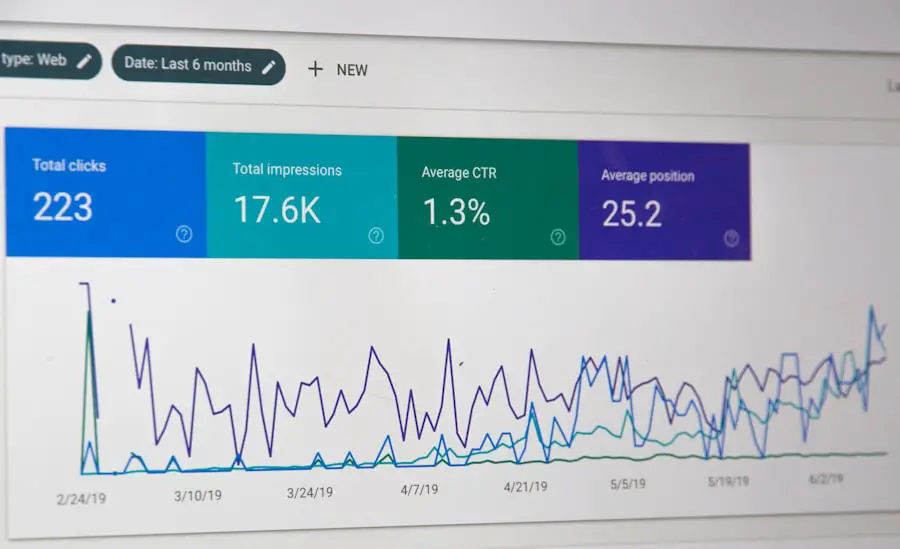In the digital age, understanding your data usage is crucial for managing your mobile plan effectively. Data usage refers to the amount of data consumed by your device when accessing the internet, whether through browsing, streaming, or using applications. Each activity on your smartphone or tablet contributes to this consumption, and being aware of how much data you are using can help you avoid unexpected overage charges.
For instance, social media apps, video streaming services, and online gaming can consume significant amounts of data, often without users realizing it. By familiarizing yourself with your data habits, you can make informed decisions about how to adjust your usage to stay within your plan’s limits. To gain a clearer picture of your data consumption, it is essential to analyze the specific applications that are using the most data.
Most smartphones come equipped with built-in tools that allow users to track their data usage over time. By accessing these settings, you can see which apps are the biggest culprits in terms of data consumption. For example, you might discover that a particular video streaming app is using more data than anticipated due to high-definition settings or automatic downloads.
Understanding these patterns enables you to make strategic adjustments, such as limiting the use of certain apps or changing their settings to reduce data consumption.
Key Takeaways
- Understanding your data usage is crucial for managing and controlling your data consumption.
- Managing background app refresh can significantly reduce data usage by preventing apps from using data in the background.
- Utilizing Wi-Fi whenever possible can help save your mobile data for when you really need it.
- Limiting streaming and downloads of large files can help conserve your data allowance.
- Monitoring data usage with built-in tools can help you stay on top of your data usage and avoid overage charges.
Managing Background App Refresh
Background App Refresh is a feature that allows applications to update their content in the background while you are not actively using them. While this feature can be convenient, it can also lead to excessive data usage if left unchecked. Many apps, especially social media and news applications, continuously refresh their content to provide users with the latest updates.
This constant refreshing can consume a significant amount of data without the user even realizing it. Therefore, managing Background App Refresh is a critical step in controlling your overall data usage. To manage this feature effectively, you can navigate to your device’s settings and selectively disable Background App Refresh for specific applications.
For instance, if you find that a particular news app is consuming a lot of data while you are not using it, you can turn off its background refresh capability. Alternatively, you may choose to allow only essential apps, such as messaging or email applications, to refresh in the background while disabling it for less critical ones. This targeted approach not only helps in conserving data but also extends battery life, as fewer apps will be running in the background.
Utilizing Wi-Fi Whenever Possible

One of the most effective strategies for managing data usage is to utilize Wi-Fi whenever possible. Wi-Fi networks typically offer unlimited data access without the restrictions imposed by mobile data plans. By connecting to Wi-Fi at home, work, or public places like cafes and libraries, you can significantly reduce your reliance on mobile data.
This practice not only helps in conserving your data allowance but also enhances your overall internet experience by providing faster speeds and more stable connections. When connecting to Wi-Fi networks, it is essential to ensure that you are using secure and trusted connections. Public Wi-Fi networks can pose security risks, making it crucial to use a Virtual Private Network (VPN) when accessing sensitive information.
Additionally, many devices allow users to set preferences for Wi-Fi connections, such as automatically connecting to known networks or prioritizing Wi-Fi over mobile data. By configuring these settings, you can ensure that your device makes the most of available Wi-Fi connections and minimizes mobile data usage.
Limiting Streaming and Downloads
| Platform | Limiting Streaming | Limiting Downloads |
|---|---|---|
| Netflix | Yes | Yes |
| Amazon Prime Video | Yes | Yes |
| Disney+ | Yes | Yes |
Streaming services have revolutionized how we consume media, but they can also be significant contributors to high data usage. Whether it’s watching videos on platforms like Netflix or listening to music on Spotify, streaming can quickly deplete your mobile data allowance if not managed carefully. To mitigate this issue, consider limiting the frequency and quality of your streaming activities when using mobile data.
For example, many streaming services offer options to adjust video quality settings; selecting a lower resolution can drastically reduce data consumption while still allowing for enjoyable viewing experiences. In addition to adjusting streaming quality, it’s wise to download content for offline use whenever possible. Many platforms allow users to download movies, shows, or playlists directly onto their devices for offline viewing or listening.
By taking advantage of these features while connected to Wi-Fi, you can enjoy your favorite content without consuming any mobile data. This proactive approach not only helps in managing your data usage but also ensures that you have access to entertainment even in areas with poor connectivity.
Monitoring Data Usage with Built-in Tools
Most modern smartphones come equipped with built-in tools designed to help users monitor their data usage effectively. These tools provide insights into how much data has been consumed over specific periods and which applications are responsible for the most significant usage. By regularly checking these statistics, users can identify trends in their behavior and make necessary adjustments to their habits.
For instance, if you notice that a particular app consistently uses a large amount of data each month, it may be time to reconsider how often you use it or explore alternative options. In addition to tracking overall usage, many devices allow users to set alerts or limits on their data consumption. This feature can be particularly beneficial for those on limited plans who want to avoid overage charges.
By setting a warning at a certain percentage of your monthly allowance—say 75%—you can receive notifications prompting you to adjust your usage before reaching your limit. This proactive approach empowers users to take control of their data consumption and avoid unexpected costs.
Using Data-Saving Apps and Features

Data-Saving Features in Browsers
These applications often provide features such as compression technology that reduces the size of web pages and images before they are downloaded onto your device. For example, browsers like Opera Mini offer a “data-saving mode” that compresses web content significantly before it reaches your device, allowing for faster loading times and reduced data consumption.
Data-Saving Features in Social Media
Moreover, many social media platforms have introduced their own data-saving features that allow users to limit the amount of data consumed while browsing feeds or watching videos. For instance, Facebook has an option that allows users to choose lower-quality video playback when on mobile networks.
Efficient Browsing with Data-Saving Features
By utilizing these features across various applications and platforms, users can create a more efficient browsing experience while keeping their data usage in check.
Adjusting Push Notifications and Email Fetching
Push notifications and email fetching are essential features that keep users informed about new messages and updates in real-time. However, these features can also contribute significantly to data consumption if not managed properly. Each time an app checks for new notifications or emails in the background, it uses a small amount of data—this can add up over time, especially for users with multiple apps sending frequent updates.
To manage this effectively, consider adjusting the frequency of email fetching and push notifications for non-essential apps. For instance, instead of having your email app check for new messages every few minutes, you might set it to fetch emails hourly or manually check them when needed. Similarly, disabling push notifications for less critical applications can help reduce unnecessary background activity and conserve valuable mobile data.
Taking Advantage of Carrier Data-Saving Features
Many mobile carriers offer additional features designed to help customers manage their data usage more effectively. These features may include options such as “data rollover,” which allows unused data from one month to carry over into the next billing cycle, or “data caps,” which alert users when they approach their monthly limits. Some carriers also provide tools within their apps that allow users to monitor their real-time data usage and receive personalized recommendations based on their habits.
Additionally, certain carriers offer specific plans that include unlimited streaming for select services or reduced rates for customers who frequently use social media platforms. By exploring these options and taking advantage of any available features from your carrier, you can tailor your mobile plan to better suit your needs while minimizing excess charges related to data overages. By understanding your data usage patterns and implementing effective management strategies across various aspects of your mobile experience—from background app refresh settings to utilizing Wi-Fi—users can take control of their mobile data consumption and enjoy a more efficient digital lifestyle without incurring unexpected costs.
If you’re looking for more tips on how to save on data usage on your iPhone, you may want to check out this article on getiphoneinfo.com. This website offers a wealth of information on all things iPhone-related, including ways to optimize your data usage and save money on your phone bill. By following their advice, you can ensure that you’re getting the most out of your data plan without overspending.
FAQs
What are some ways to save on data usage on an iPhone?
Some ways to save on data usage on an iPhone include turning off background app refresh, disabling automatic app updates, and using Wi-Fi whenever possible.
How can I monitor my data usage on an iPhone?
You can monitor your data usage on an iPhone by going to Settings > Cellular and scrolling down to see the data usage for each app. You can also reset the statistics at the bottom of the page to track your usage for a specific period.
Are there any apps that can help me save on data usage?
Yes, there are apps available in the App Store that can help you monitor and manage your data usage. Some popular options include My Data Manager and Data Usage.
Can I restrict certain apps from using data on my iPhone?
Yes, you can restrict certain apps from using data on your iPhone by going to Settings > Cellular and toggling off the switch for specific apps under the “Cellular Data” section.
Is there a way to reduce data usage while streaming music or videos on my iPhone?
You can reduce data usage while streaming music or videos on your iPhone by lowering the streaming quality in the settings of the respective app, or by downloading content for offline use when connected to Wi-Fi.










